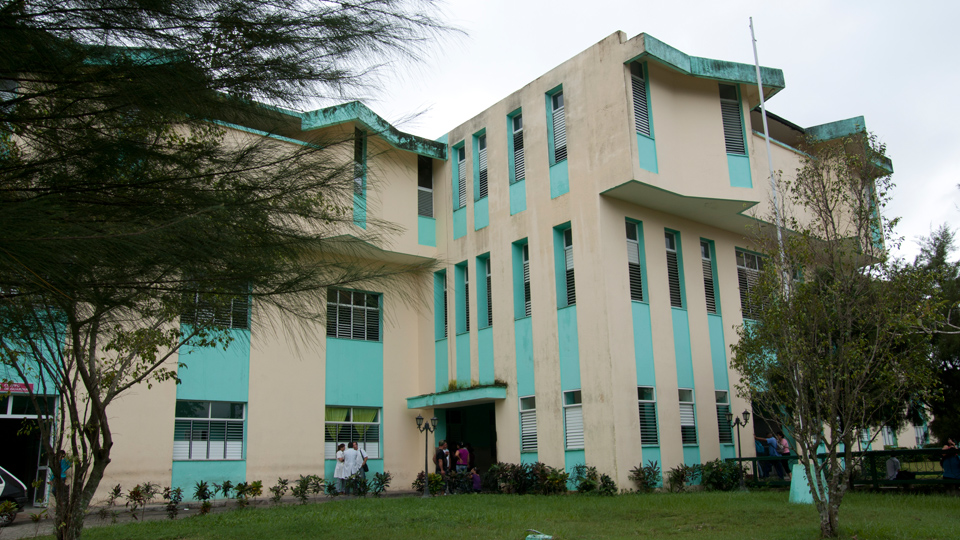
Beating out the U.S. and other richer nations, Cuba ended the year 2016 with an infant mortality rate of 4.3 deaths of infants under 1 year for every 1,000 live births. This is up a few fractions of a point from the 2015 figure of just 4 deaths per 1,000.
Cuban Health Minister Roberto Morales Ojeda attributes the advance in this and other public health indicators to “an increase in the level of activities in primary care” and many improvements, including new investments in hospitals, outpatient clinics, senior citizens centers and other institutions.
Since the Cuban Revolution took power on January 1, 1959, the country’s infant mortality rate has declined sharply. In 1963, its rate was 41.8, on par with that of other nations in the developing world.
Infant mortality rates have dropped in other countries as well, but no other relatively poor country has progressed so far so fast as Cuba has. One way in which Cuba has achieved excellent results in the public health field has been by emphasizing the training of large numbers of doctors and other health personnel. But there has also been a lot of attention to public health measures such as potable water, adequate diet and regular free checkups for expecting mothers and young children.
For comparative purposes, the world infant mortality rate stands at 32 deaths of infants under 1 year of age for every 10,000 live births, according to the World Health Organization. But results similar to Cuba’s are almost all in wealthy, highly developed countries of North America, Western Europe, Japan and a few others.
All Cuba’s neighbors in Latin America and the Caribbean have much higher infant mortality rates. Two of the wealthiest countries in the region, Chile (8.1 in 2015) and Costa Rica (8.46), are doing relatively well on this measure, but only relatively. Puerto Rico, which is controlled by the United States, registered an infant mortality rate of 7.73 in 2014, a better rate than those of other Latin American and Caribbean states but still worse than Cuba’s. Right now the health care system in Puerto Rico, as well as its general economic situation, is being devastated by a debt crisis. It remains to be seen what impact this will eventually have on Puerto Rico’s public health statistics.
In the United States, the last reported infant mortality rate, for 2015, was 6.5. This is a higher rate than it should be for one of the wealthiest countries in the world, especially when one takes into consideration that here, infant mortality is unevenly distributed by race and economic class.










